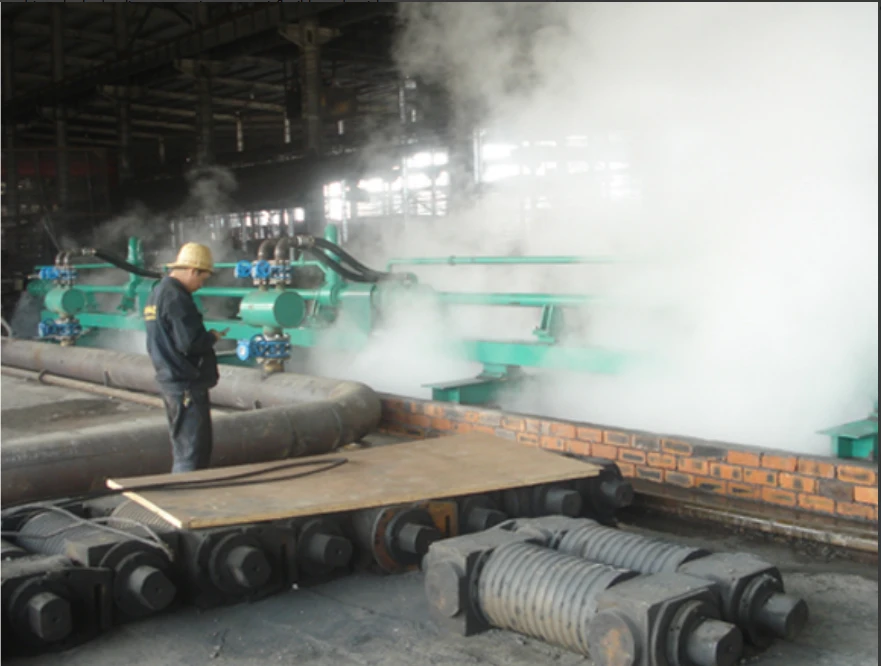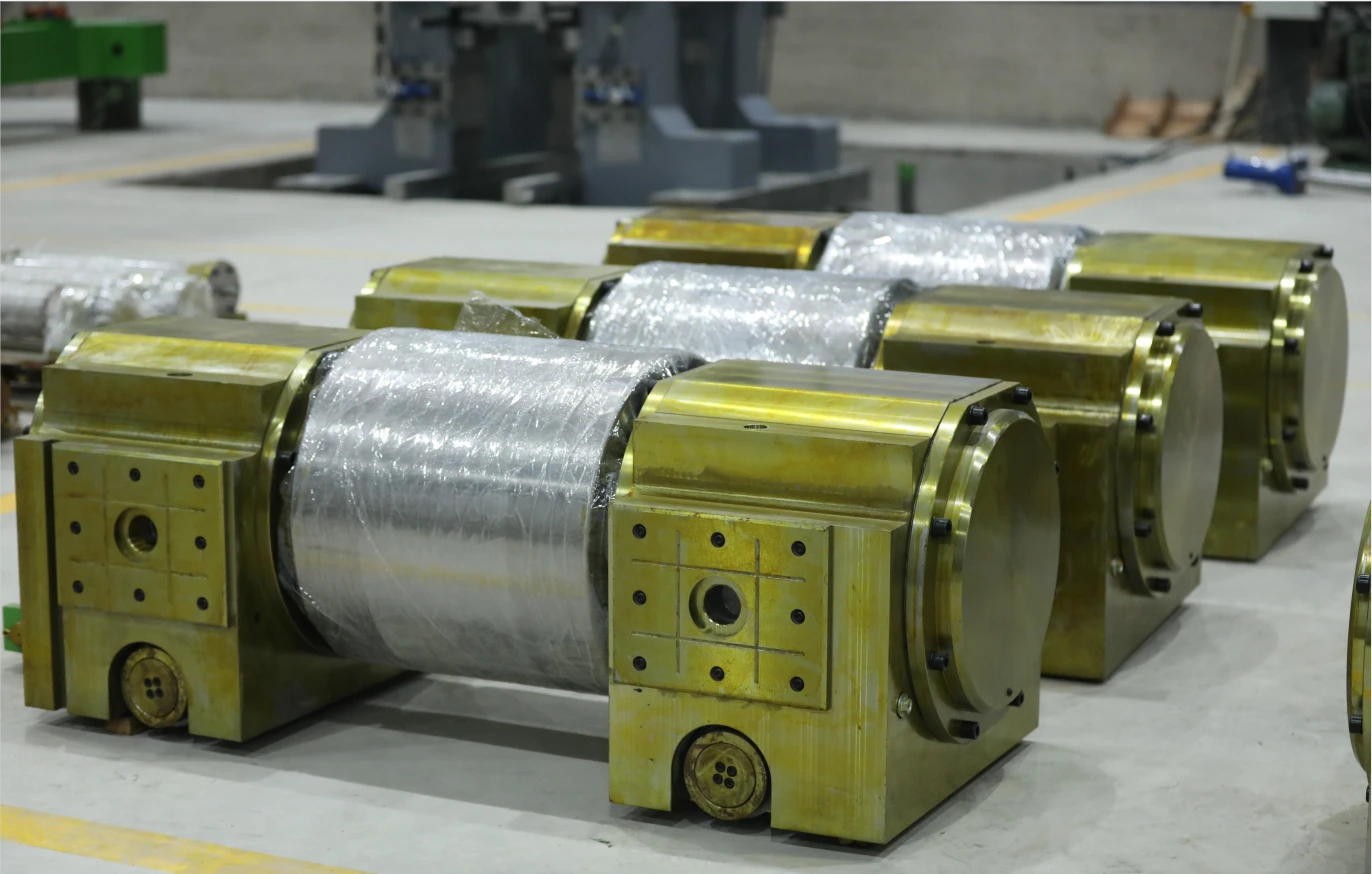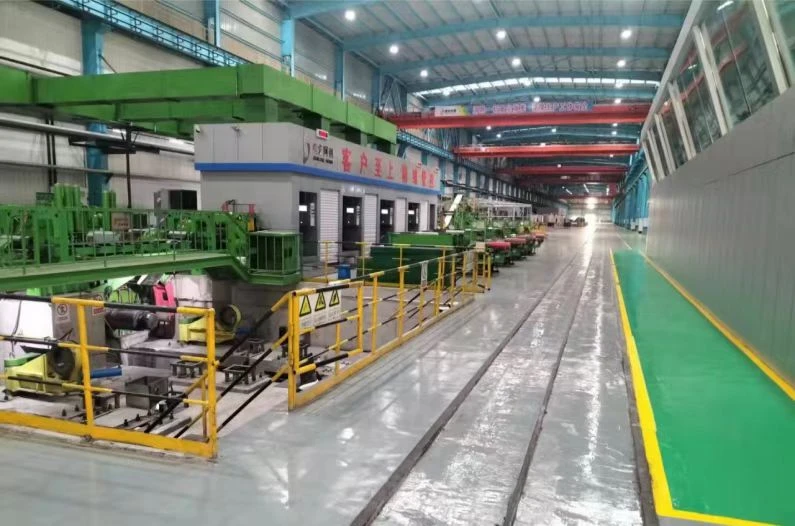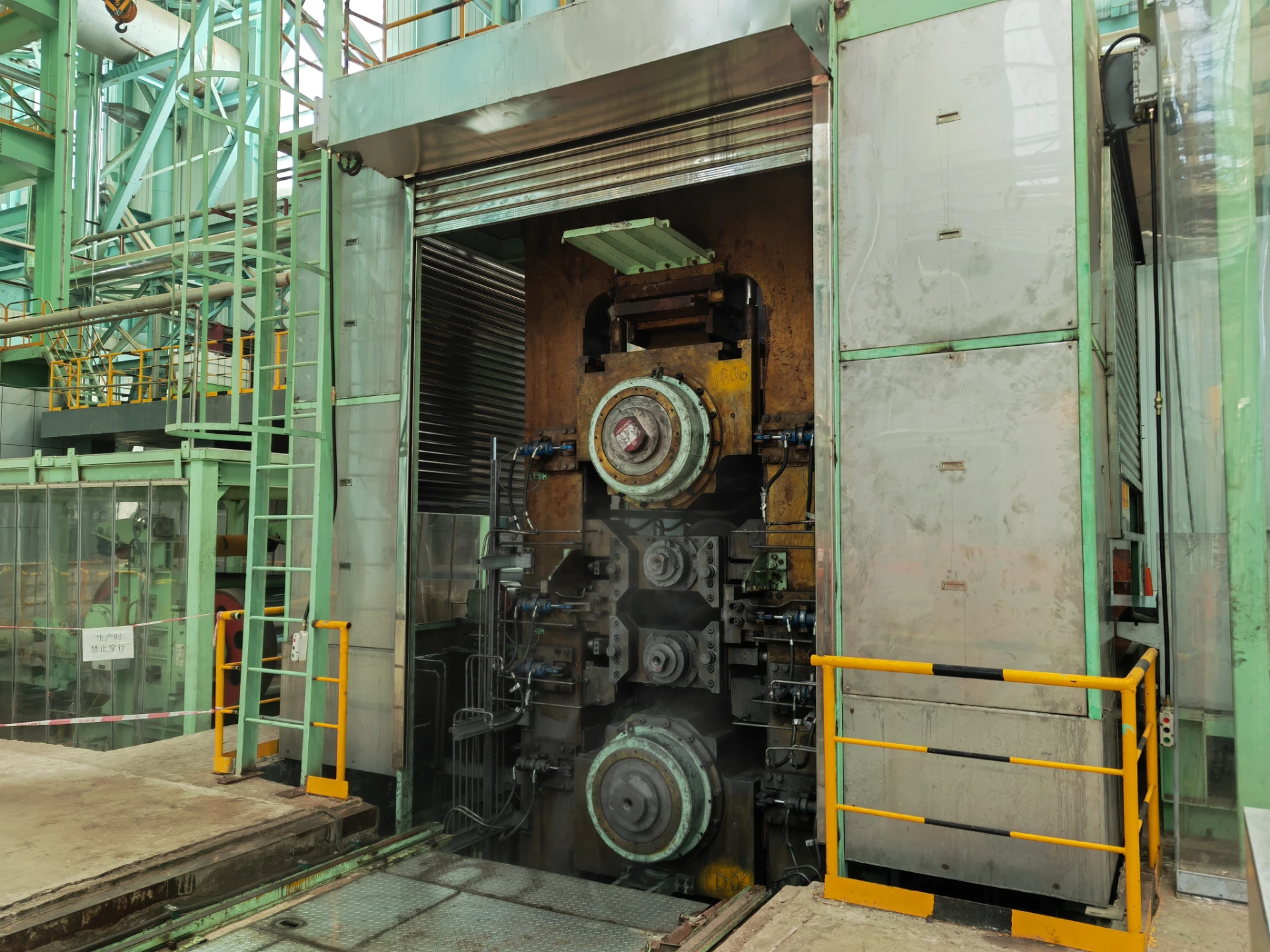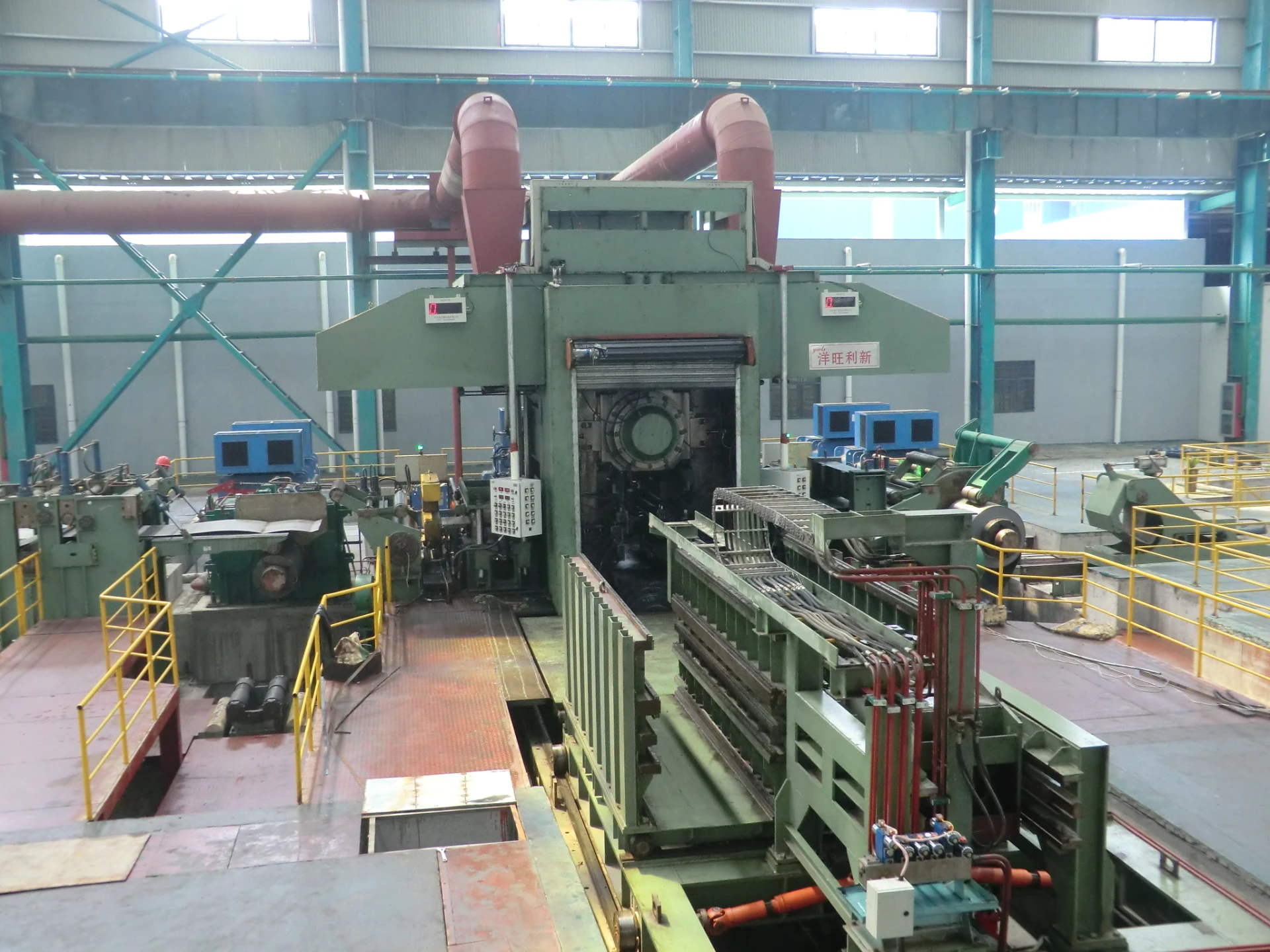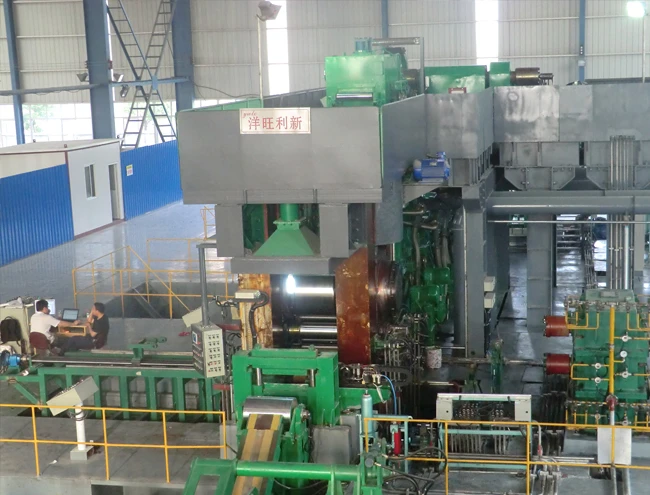
Workroll Chock Assembly Design and Applications in Industrial Manufacturing Processes
Understanding Work Roll Chock Assembly A Vital Component in Steel Production
The steel production process is a highly intricate and finely-tuned operation that relies on various components working in harmony. One critical element of this process is the work roll chock assembly, which plays a pivotal role in ensuring the efficiency and effectiveness of rolling mills. In this article, we will explore the significance, function, and design of work roll chock assemblies and how they contribute to the overall performance of steel manufacturing.
What is a Work Roll Chock Assembly?
A work roll chock assembly is a structural component used in rolling mills to support the work rolls. These rolls are the heavy cylindrical tools that perform the actual process of shaping steel by reducing its thickness through mechanical force. The chocks are robust structures that help to hold the work rolls in place, ensuring they remain securely aligned during operation.
In a typical rolling mill, there are two types of rolls the work rolls and the backup rolls. The work rolls are smaller and directly engage with the material being processed, while the backup rolls, which are much larger in diameter, provide support to the work rolls and help stabilize the operation. The work roll chock assembly connects the work rolls to the mill's frame, bearing the load and absorbing vibrations during the rolling process.
Importance of Work Roll Chock Assemblies
.
2. Vibration Damping During operation, rolling mills experience a variety of vibrations due to the high-speed interaction between the rolls and the steel. Work roll chock assemblies are designed to dampen these vibrations, ensuring smoother operation and reducing wear and tear on the equipment.
ワークロールチョックアセンブリ
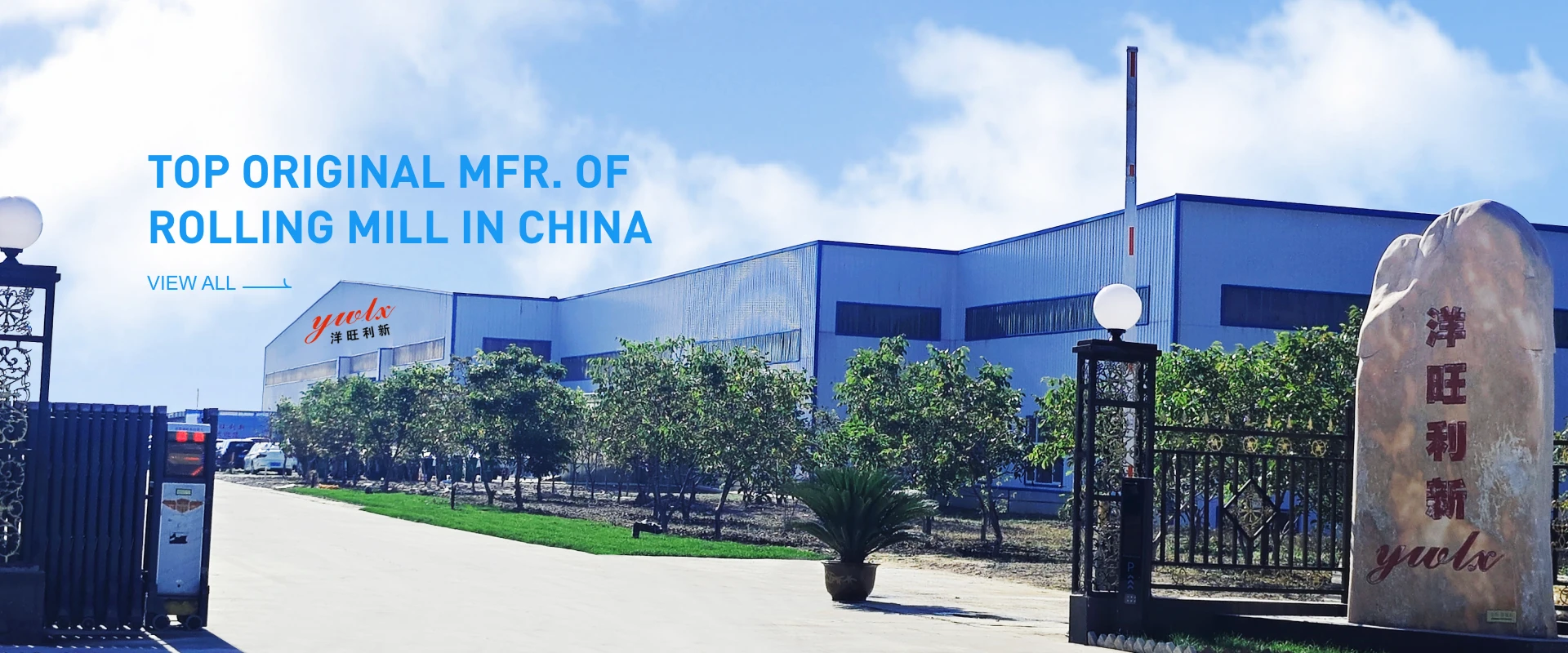
3. Ease of Maintenance Work roll chock assemblies are designed for easy replacement and maintenance. Given the harsh environments in which rolling mills operate, components need to be regularly checked and maintained to ensure optimal performance. Chock assemblies allow for the quick switching of work rolls without requiring extensive disassembly of the mill.
4. Precision The alignment of the work rolls is critical to achieving the desired specifications in the final steel product. Work roll chock assemblies facilitate this precision through adjustable features that help align the rolls perfectly before and during operation.
Design and Material Considerations
The design of work roll chock assemblies is critical to their performance. They are typically constructed from high-strength materials that can withstand the considerable forces present in a rolling mill. Common materials include cast iron and high-tensile steel, which provide the necessary durability and resistance to wear.
Moreover, the design often incorporates features such as cooling channels to dissipate heat generated during the rolling process and lubrication systems to minimize friction between moving parts. These enhancements not only improve the lifespan of the chocks but also contribute to overall mill efficiency.
Conclusion
In summary, work roll chock assemblies are indispensable components of steel production. Their role in supporting work rolls, dampening vibrations, allowing for precision, and facilitating maintenance cannot be overstated. As the steel industry continues to evolve with advancements in technology and techniques, the design and functionality of work roll chock assemblies will also advance, ensuring that they meet the demands of modern production requirements. Understanding their importance helps to appreciate the complex interplay of components that drive successful steel manufacturing processes. Thus, the work roll chock assembly stands as a testament to the engineering innovation that underpins one of the world's most vital industries.
-
Indian Clients Visit YWLX to Inspect Skin-pass MillNewsJun.22,2025
-
Typical Products from Reversing Cold Rolling ProcessNewsMay.26,2025
-
Surface Finish Improvement through Skin Pass RollingNewsMay.26,2025
-
Integration of AGC Systems in Modern Cold Rolling MillsNewsMay.26,2025
-
Cold Rolling in the Context of High-Strength Steel DemandNewsMay.26,2025
-
AGC in Hot Rolling Mills: Challenges and SolutionsNewsMay.26,2025
-
Why Reversing Cold Rolling Mills Are Ideal for Specialty MetalsNewsMay.13,2025



